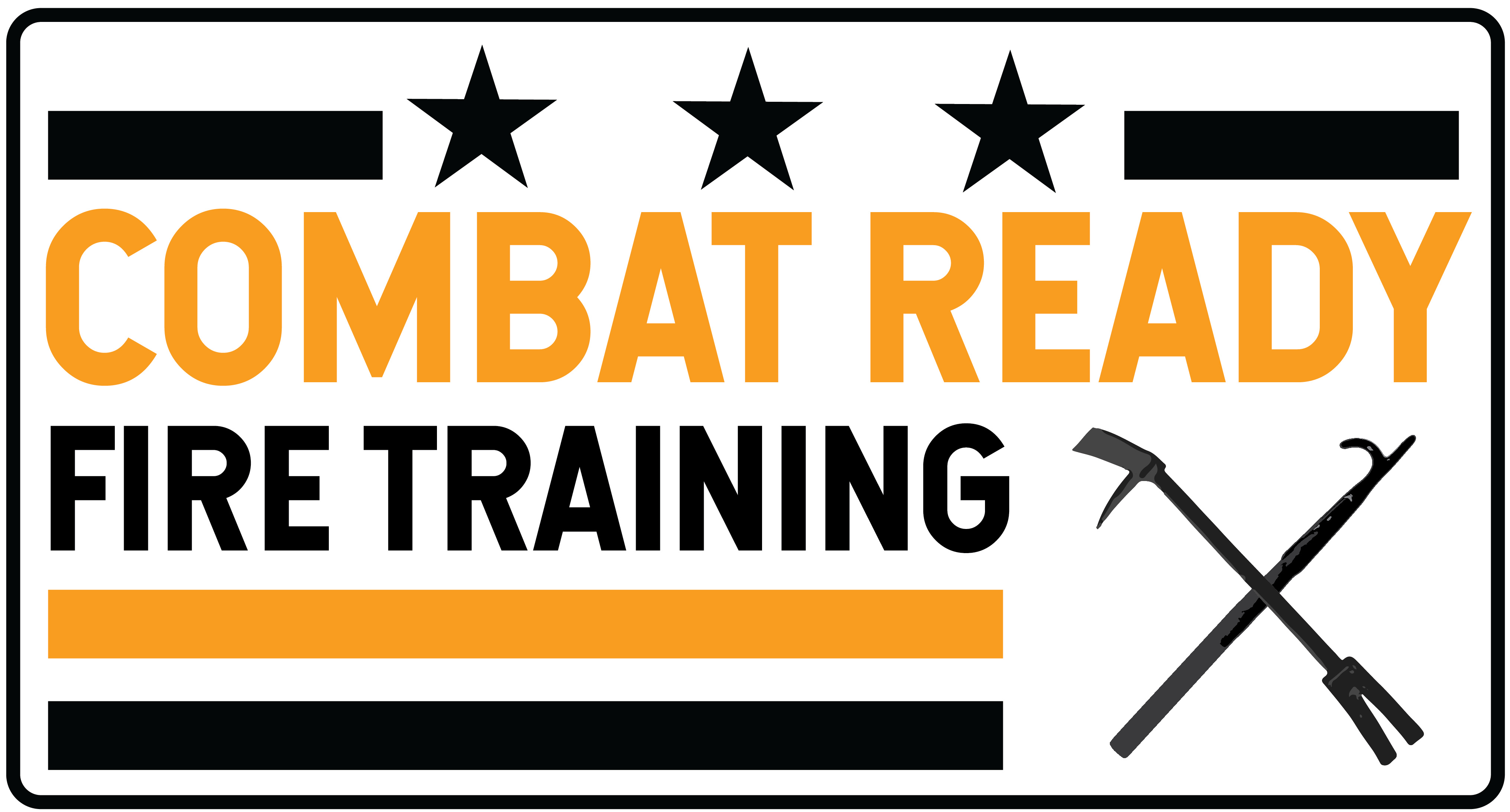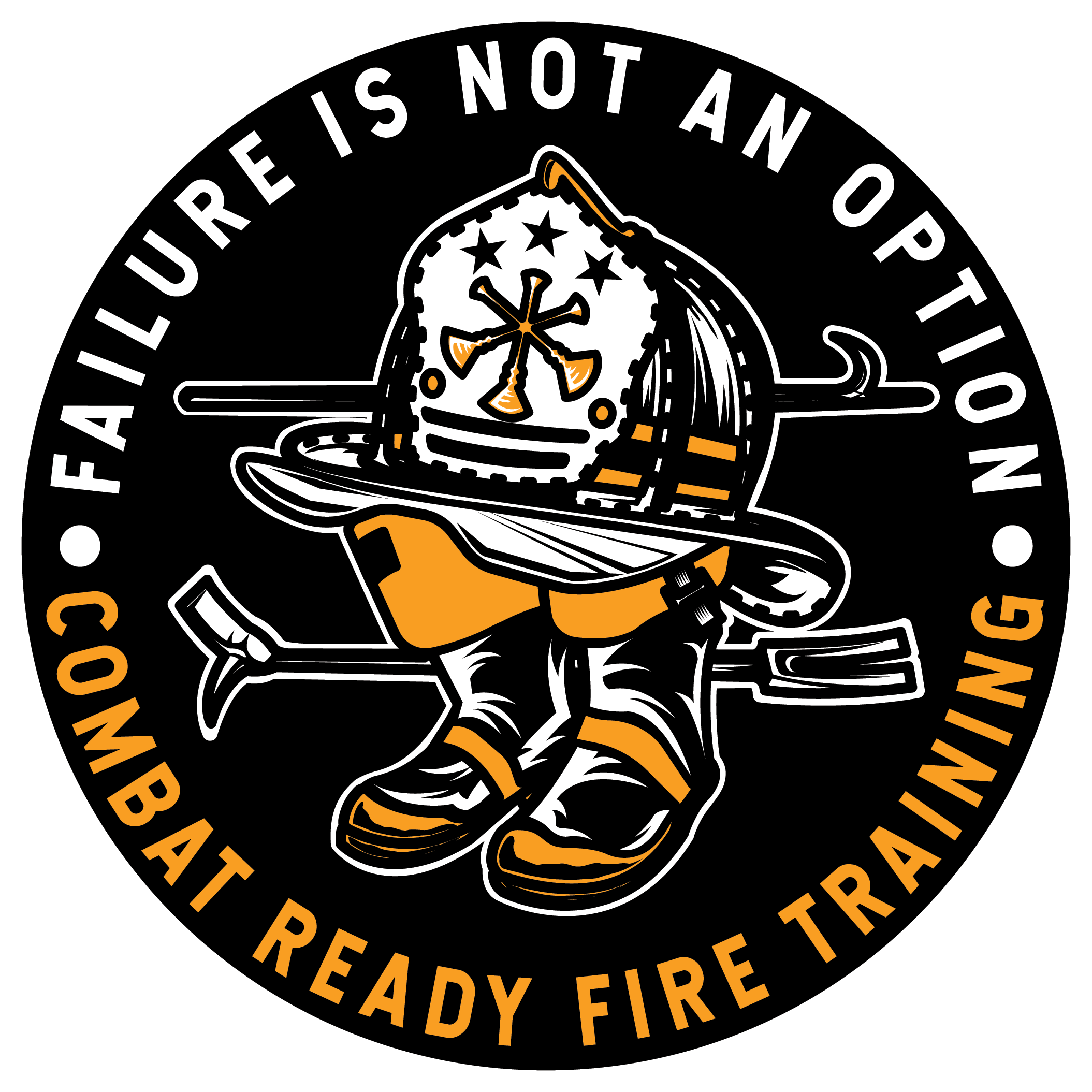We recently received a question from one of our friends who's department is enrolled in our online Aggressive Command Supports Aggressive Firefighting program. The question pertains to how to organize and manage fires in a strip-mall:
The Question
"I have been trying to get as many reps as I can on the new worksheet we've created based on the information you shared with us. If I see a first alarm (our box) being dispatched in the metro area on the CAD, I pull it up on google maps, turn to that tac channel on the radio and begin to build the monster. I've had some different thoughts on the strip malls I've worked through. Do you label the fire occupancy Div 1 or Div Alpha? I'm good with the exposures, roof, etc...but I've gone back and forth on the Div A vs. Div 1...how do you label those positions?"
Aggressive Command Mindset
First - we can't overlook the A+ command mindset that this chief starts off with. Taking the time to listen to calls that you are not on, thinking about how you would manage them, practicing your techniques, and in general learning what you can from all incidents (yours or others) is exactly the kind of top-notch "upfront investment" that we talk about as being representative of the mindset of a true "firefighters chief". Chances are, if you're putting in this kind of work and building this mindset BEFORE the fire - it will pay off ON the fireground not only in terms of your command presence and abilities, but in your reputation with the firefighters.
Are you putting in that kind of upfront investment??
Dividing & Organizing a Incident
Back to the question at hand. When dividing incidents, we have several objectives to meet when deciding how to divide & organize any incident. When considering a possible incident organization, we must ask ourselves:
-
Will everyone (command, division/group, and company supervisors) be within their span of control? Typically this is around a maximum of 5 at a divsion/group level on a working fire. However this number can go up and down depending on the hazard level of the environment and the compelxity and intensity of the incident.
-
Are my division/group supervisors able to physically be in a position where they can reasonably observe their assigned area AND coordinate the companies that are assigned to them? For example, if you have smoke to the floor of a 1-story strip mall, 75' deep - you have to ask yourself if someone at the front door can really have any idea what someone in the back storeroom is doing and dealing with. Also, if the size of the building leads you to think that you could have more than 4-5 companies in the area, than you may have to think in advance how you are going to divide it further to maintain a reasonable span of control.
Remember, as we talk about in the Aggressive Command Supports Aggressive Firefighting program, our objective when building an incident should be to start off with an incident structure that will expand with the incident - even if the incident continues to escalate, rather than improve. It should accommodate a fire that "gets as bad as it can get", but remains offensive (keeping in mind that if we move to defensive, we'll be re-constructing the entire incident).
A failure to design incidents in this manner is common, and very often leads to an incident commander getting overwhelmed or beginning to lose track of companies and operations. An incident commander that gets behind or gets overwhelmed is much more likely to lead a less than effective incident, or to abandon a firefight that may have been won if we were better organized.

Consider the Size & Features of the Building
In either a middle or end unit strip mall, we are typically dealing with two egress points. The front door, which usually goes to the public area and is fairly easy to access. And the rear door, which typically goes to private or storage areas and is often more fortified. It is common to have companies entering through both entrances. We talk much more about tactics at fires in these buildings in our First Alarm Strategy & Tactics program.
Of course by their nature if you're at the front of a strip mall you have no idea what's going on at the rear, and vice versa. An average strip-mall, at least in my area, is going to be around 50' or greater in depth and could be fairly narrow or very wide. Keep in mind that at these buildings, it is very often going to be impractical to walk around the building and check on the other side (as may be possible at say, a house fire).
Incident Organization
With these things considered, my default incident organization at a strip-mall fire is probably going to look like this:
-
Division Alpha. Responsible for all companies entering through the front (of the main fire building only, exposures are separate). They are focused on the interior operations (our key benchmarks of fire, search, and extension) that they can reasonably and safely reach from the front. Depending on the size of the building, they may be able to fully cover the inside of the building, or only part of it.
-
Division Charlie. Responsible for all companies entering through the rear (of the main fire building only, exposures are separate). This may not always need to be established, but comes into play when companies entering through the front are not able to reach all the way to the back of the involved building.
-
Exposures Bravo-1, Bravo-2, Delta-1, Delta-2, etc. As necessary for attached exposures to the left and right of the main fire building. Same objectives as companies in the main fire building. Should it become necessary to have companies entering through the rear of the exposures as well, I would label them as Charlie/Bravo-1, Charlie/Delta-1, etc.
-
Roof Division. If ventilation involves a flat roof, in my area that is often going to be a built up style construction. This often involves 1-2 full truck companies, who could be up there for the entire incident - especially if we end up with running fire in the cockloft or roofing material.
-
Vent Group? We have accounted for the interior operations in the fire building and exposures, and for extended operations on the roof. However there may be other ground level outside truck duties (window bars, egress, etc) that may need to be accomplished. These could be handled by just assigning more companies to the existing division supervisor, or it may be necessary to assign a Vent Group (what we usually call the crews performing outside truck functions, this does not mean they are only doing ventilation).
-
RIT Group. Responsible for rapid intervention / FAST duties on the fireground. At a good fire in a strip mall, I would recommend having more than one company on RIT (probably a mix of an engine and a truck or rescue). It is worth considering positioning some of the RIT in the front, and some at the rear. However from an organizational perspective I would probably keep both of those companies under the umbrella of one RIT group.

Building the Incident
How to build the incident specifically is going to depend on what you see when you arrive. How big is the building and what are it's construction / layout features? Where and what are the conditions that you see? Where do you forecast this incident is going to be in 20 minutes? There is much to consider and many variables.
However in most cases with a working fire in a middle of the unit strip-mall I'm going to start out planning for at least the need to operate in:
-
The primary fire building ("Division Alpha")
-
The exposure to the left ("Exposure Bravo-1")
-
The exposure to the right ("Exposure Delta-1")
-
The roof ("Roof Division")
-
Rapid intervention ("RIT Group")
Thus, my tactical worksheet may look something like this:
(more information on this tactical worksheet, and how we use it is also available in the Aggressive Command program. Contact us for more information)
Wrapping Up
There are a lot more factors than can be described in a blog post, or well in writing as opposed to conversation. Strip mall fires can be exceptionally hazardous, and can get ahead of you very quickly. Ensure that you have enough companies, are staying ahead of the incident tactically, and are keeping a tight track on the location and function of your companies.
Interested in learning more? Reach out to us for more information on our online, in-person, and hands-on classes on engine and truck operations, strategy and tactics, or command and control.



